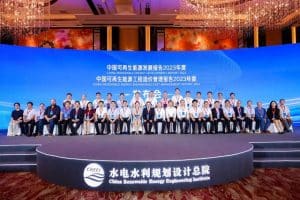The author explains that to ensure good air quality for the APEC summit this month, the Beijing, Tianjin and Hebei air pollution cooperation group decided on emergency emission reduction measures which reach even Shandong province. Limits have been placed on motor vehicles travelling into cities, work units and schools have holidays and engineering projects have been stopped.
Even if great economic and lifestyle sacrifices are made, controlling the weather remains difficult. The Chinese Academy of Social Sciences recently estimated that eliminating smog in China could take 20-30 years. However, this estimate is based on every place and every citizen in China actively engaging in environmental protection. A month ago, the Ministry of Environmental Protection (MoEP) inspected eight cities in Hebei and discovered that emergency measures were not being carried out properly. Several local Environment Protection Bureaus were fighting alone against firms with trucks still on the road and factories still producing emissions.
According to the author, in order to solve China’s environmental problems, the most important thing is practical policy implementation and placing the ideas of environmental protection in the people’s hearts. Without this, it will be difficult to achieve the intended result of the APEC emergency measures, not to mention the long-term peace and stability of China’s environment.



